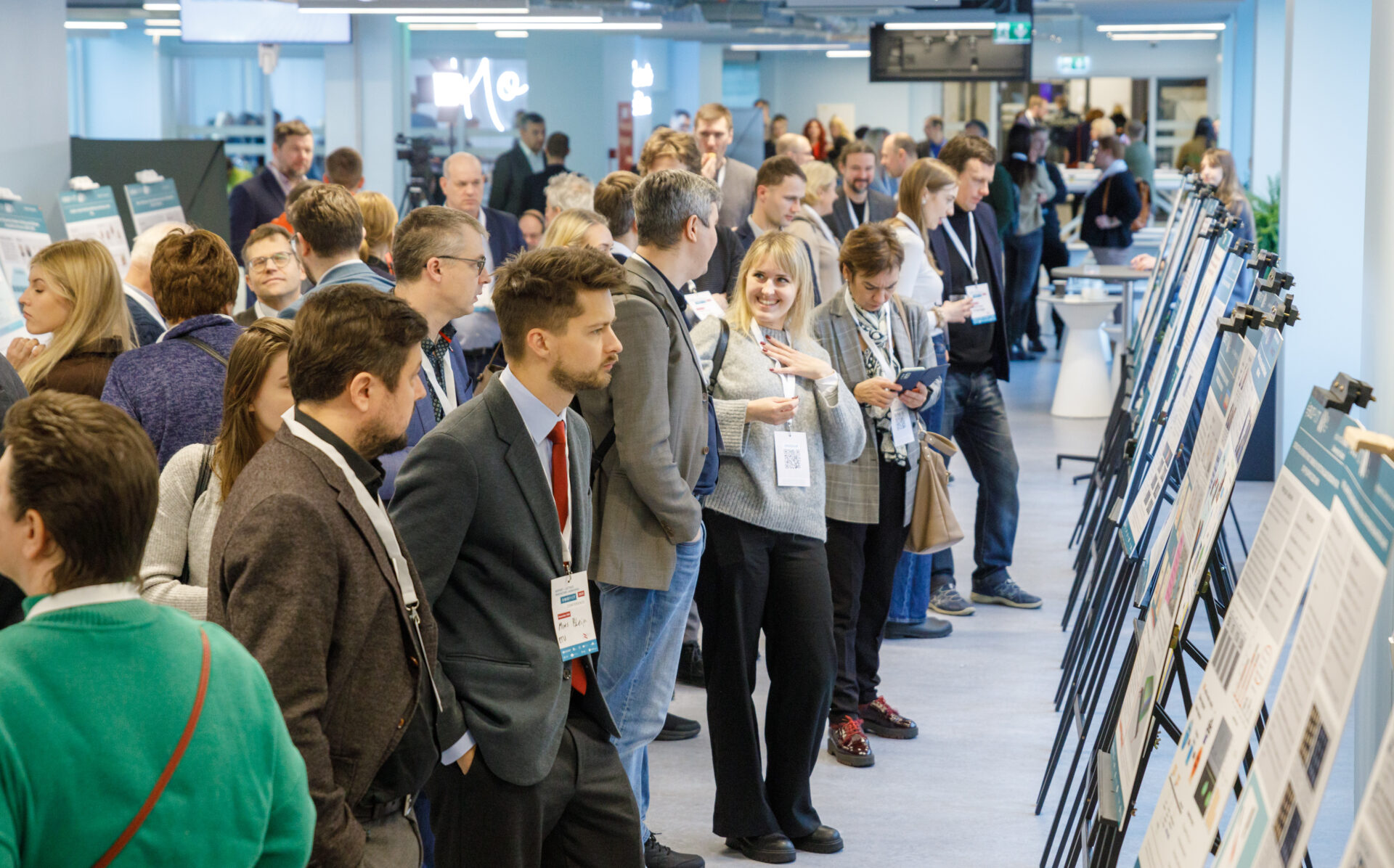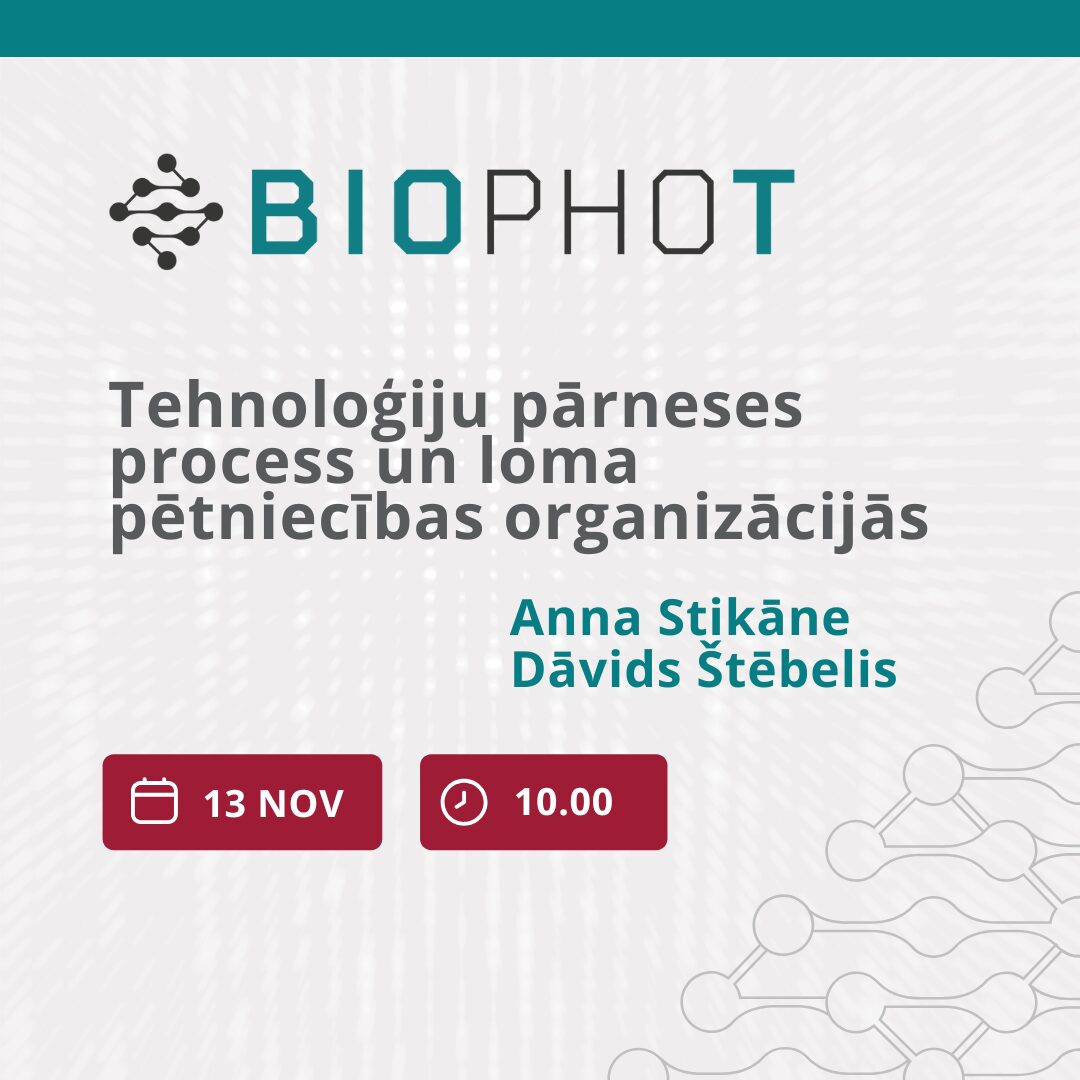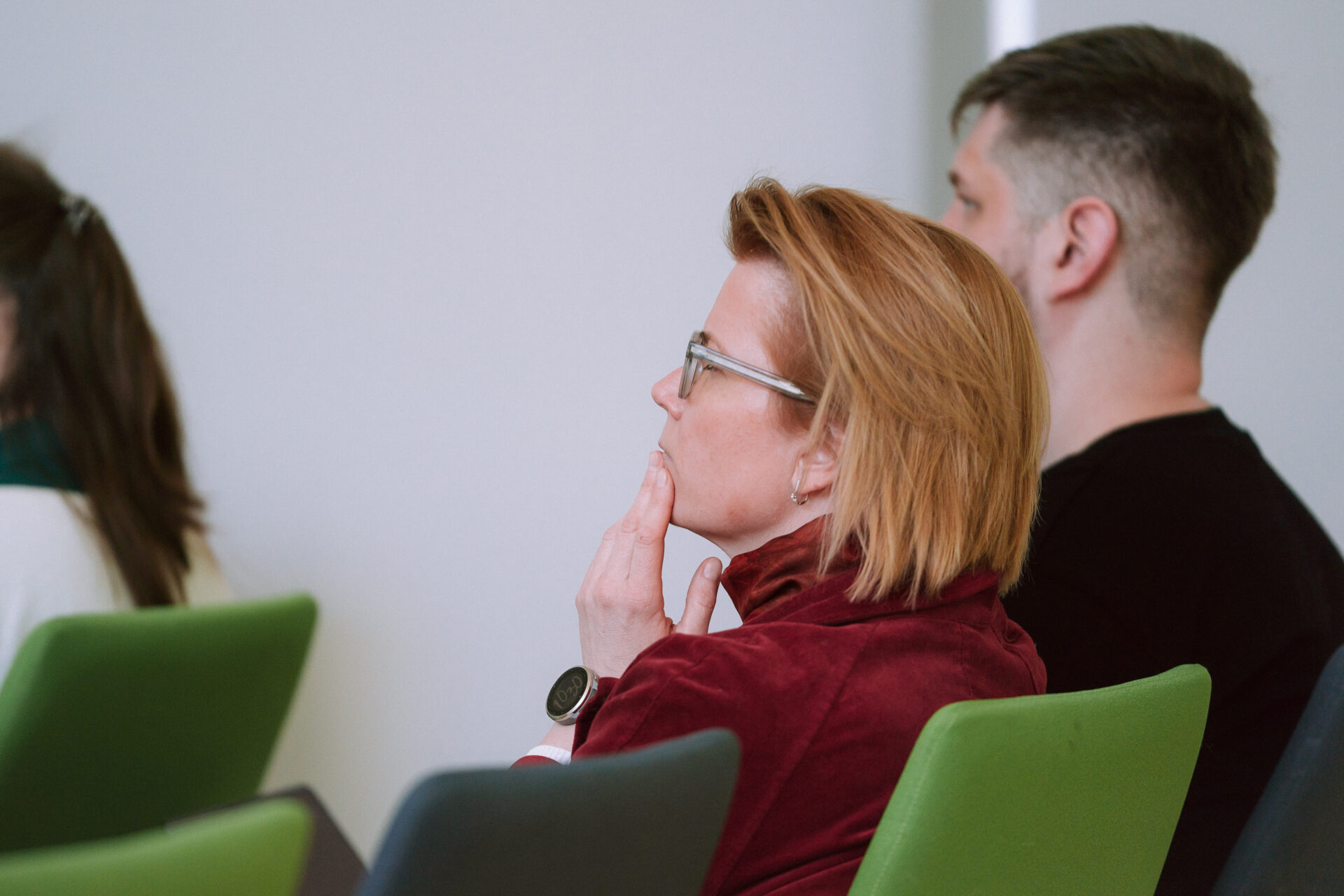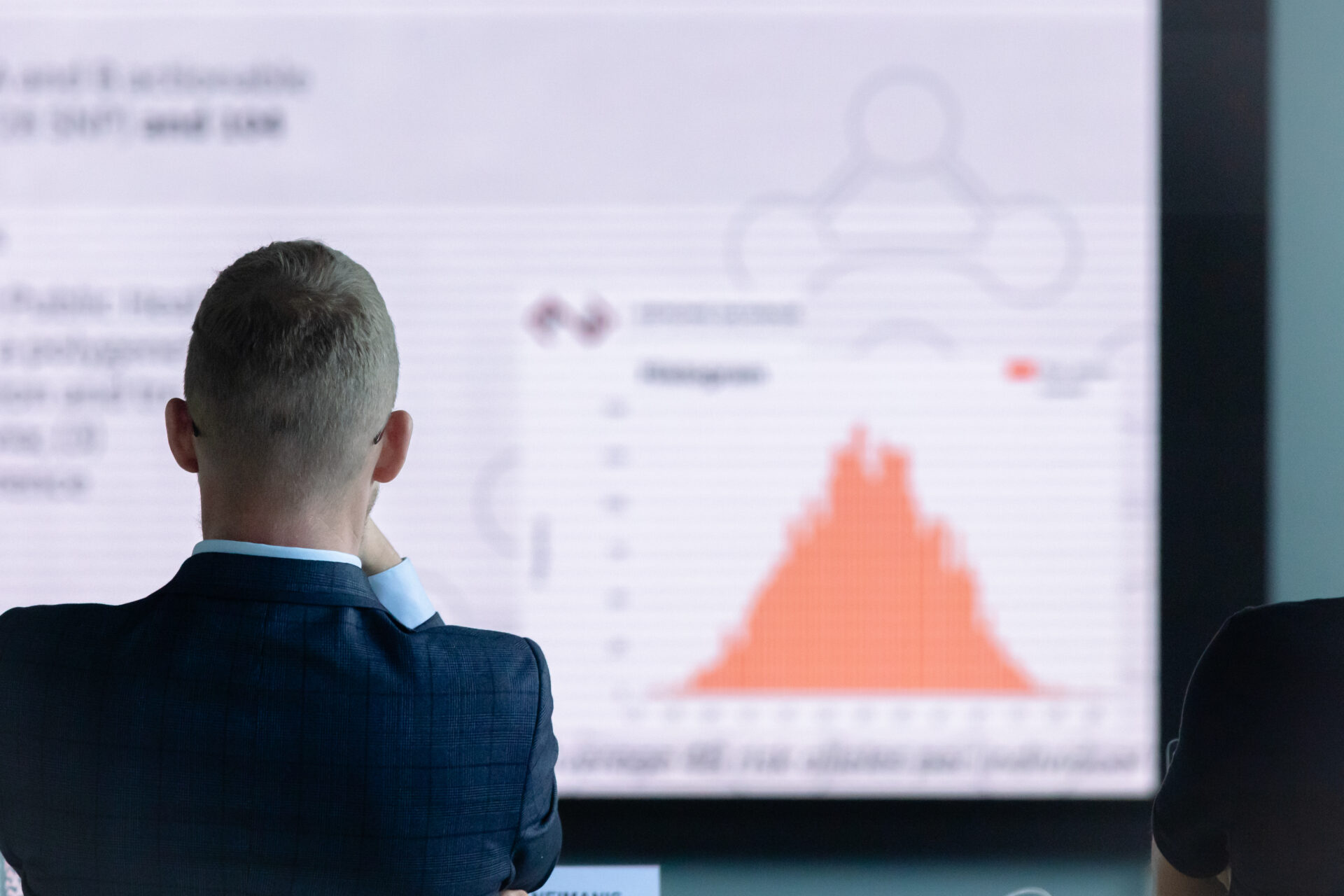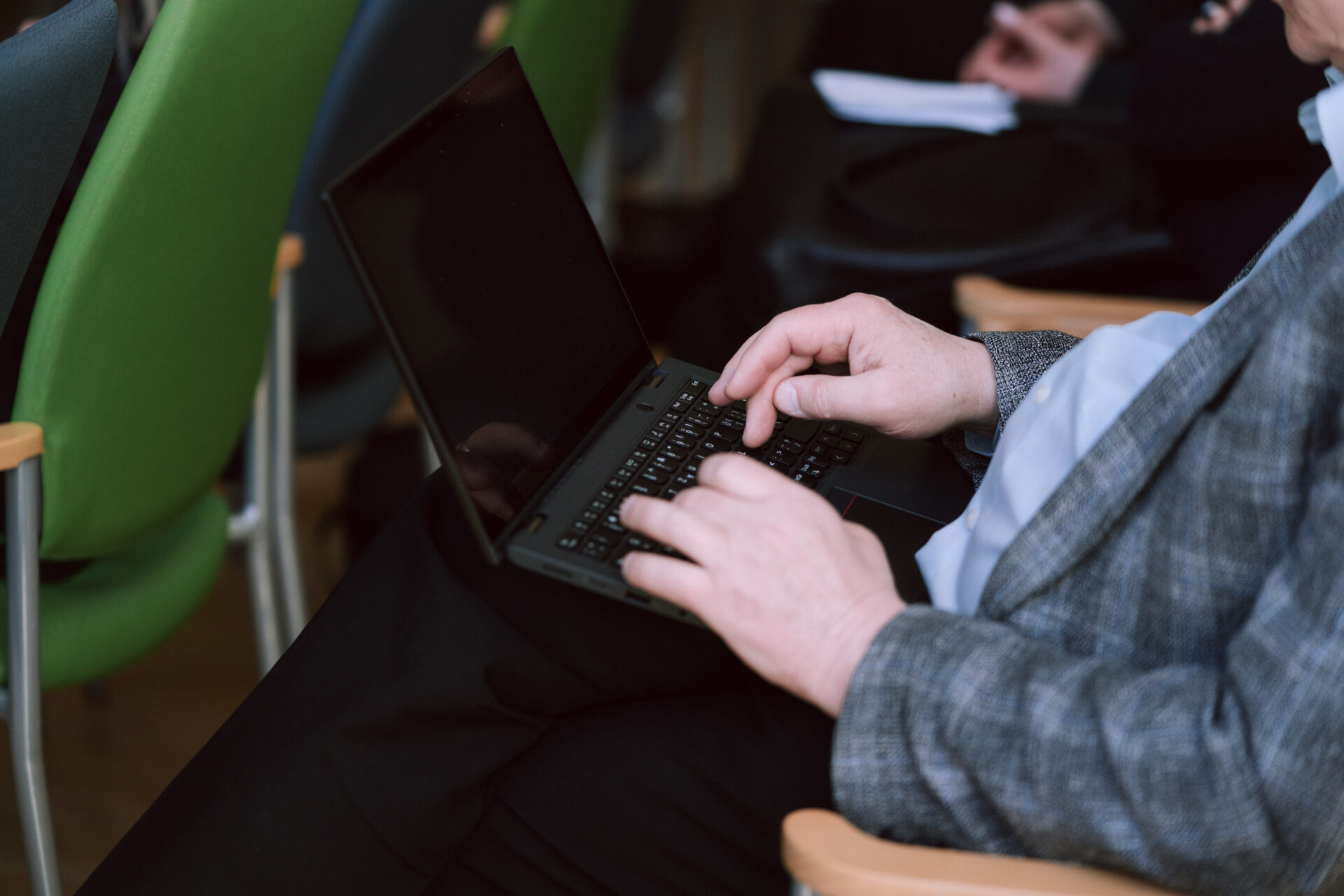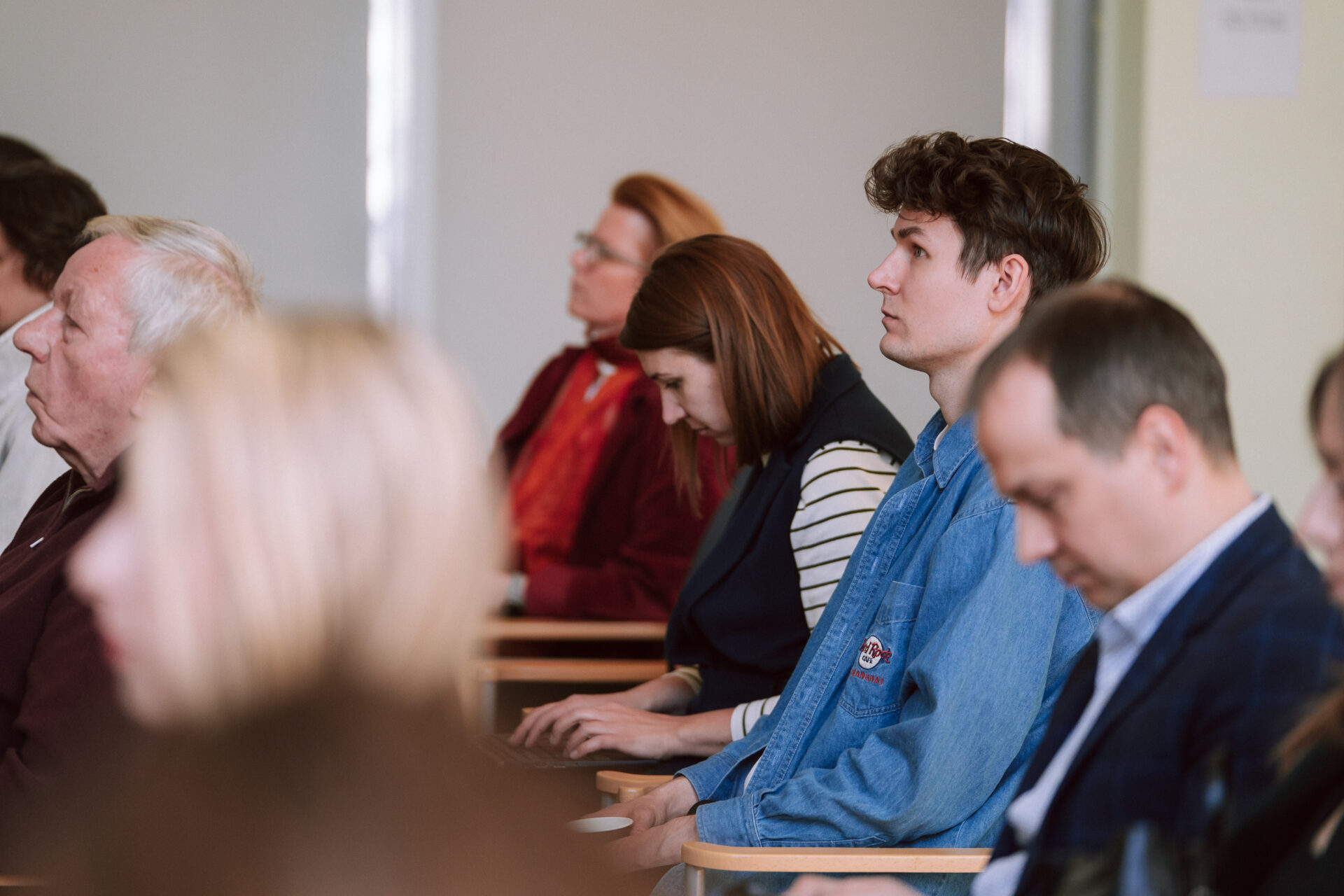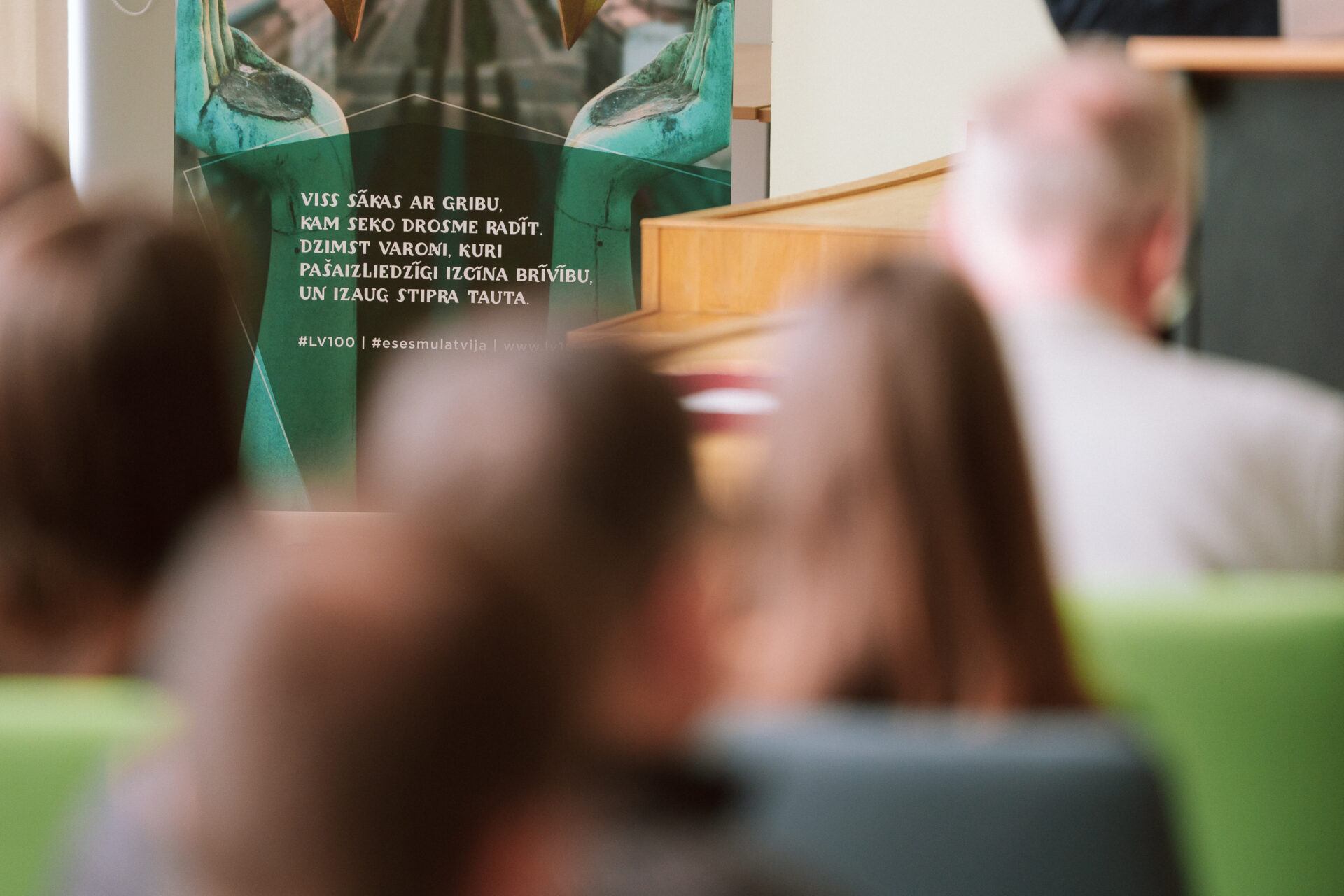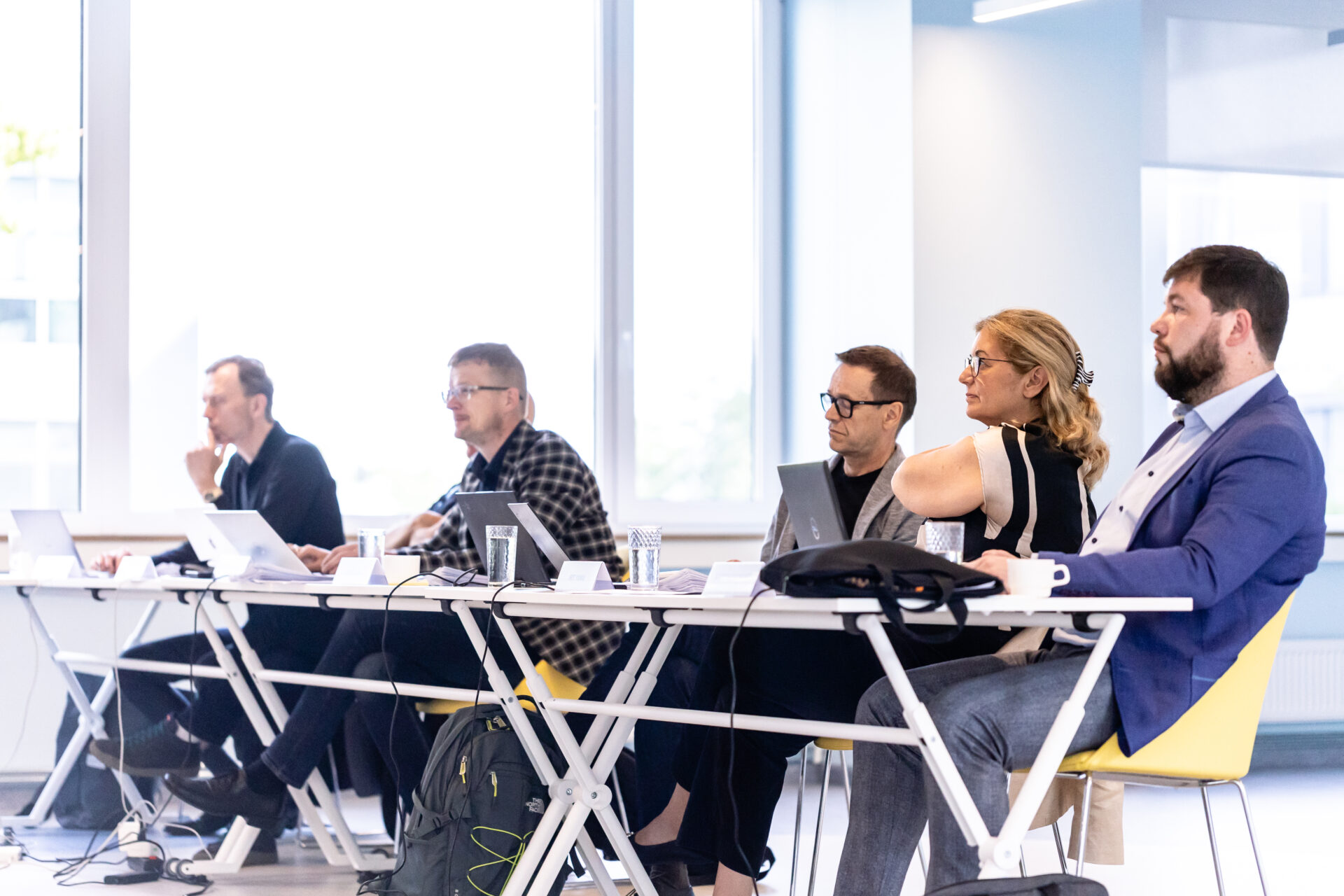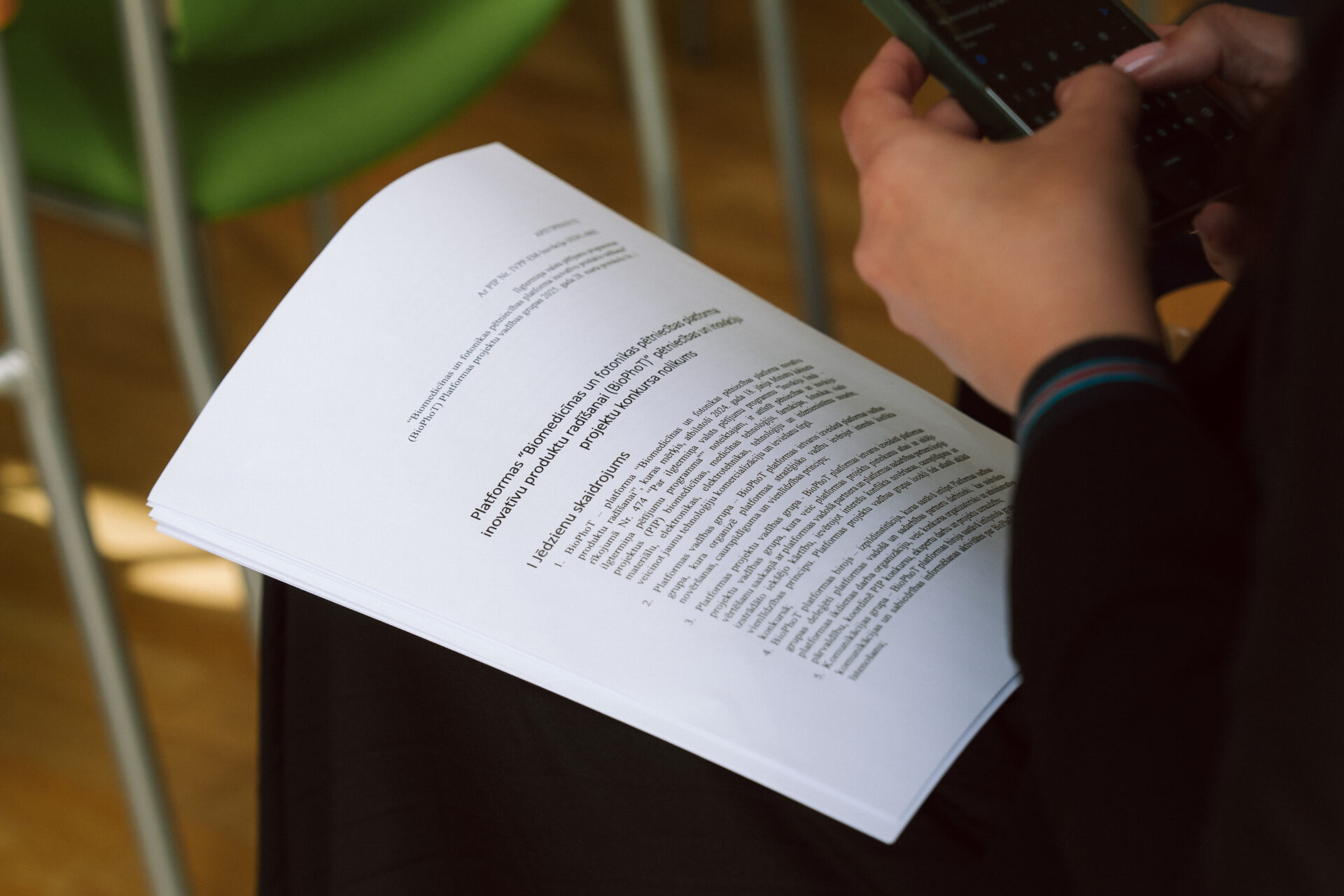Video
-

BioPhoT conference demonstrates Latvia's potential to translate scientific excellence into market-ready solutions
-

VIDEO: Webinar “Technology transfer process and role in research organisations”
-

VIDEO: 2nd Infoday of the competition with the participation of the Latvian Council of Science and the Ministry of Defence
-

VIDEO: BioPhoT Info Day 7.10.2025.
-

VIDEO: Workshop on the KTH IRL methodology for BioPhoT project teams
-

VIDEO: Webinar - Learning from experience: submitting ERC Starting Grant applications
-

VIDEO: Preparing the documents for the 2nd evaluation round of research and innovation project proposals
-

VIDEO: Seminar to analyse the results of the first round of evaluation of research and innovation proposals
-

VIDEO: Seminar "Intellectual property - from idea to patent and beyond"
-

Online seminar "Reading patent information" 17.04.2025.
